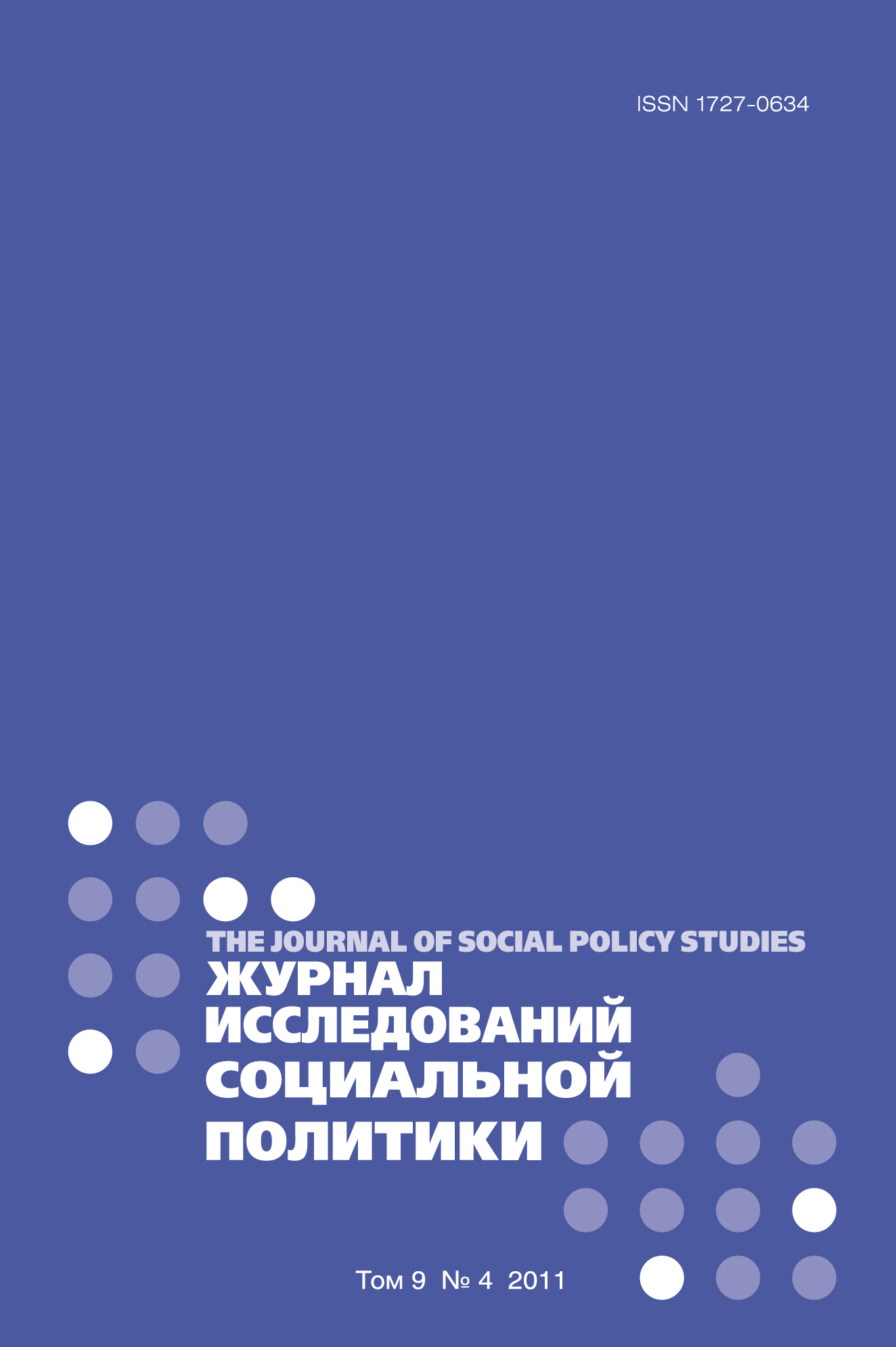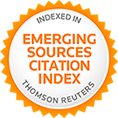«All the best to children»: children and teenagers in hierarchy of supply of Siberia in first half 1930th years
Abstract
The history of the Soviet Union’s socio-economic development during the first five year plans still attracts a significant amount of interest from historians, with issues of social policy providing particularly fertile ground for debate. This article considers state supplies of essential material goods and food to children and adolescents in Siberia in the first half of the 1930s. It discusses the consequences of internal economic policy that stressed the rapid development of industry. Many aspects of wellbeing for Soviet citizens at this time were sacrificed to the expansion of socialism. Domestic policy was focused on modernisation and ‘catching up’ with industrialised Western nations, and official ideology stressed a ‘bright future’ which supposedly lay ahead as a reward for the everyday hardships faced by much of the population.
Archival materials make it difficult to get an idea of the exact scale of deprivation and mortality related to this hardship due to the politically sensitive nature of such negative reports at the time. However, the author draws upon historical documents on supply chains, ration systems and the distribution of goods, as well as witness testimonies, to provide an insight into the hardships suffered by those whose wellbeing was not deemed a priority by the regime. The social costs of the processes of Stalinist modernisation are shown to have had particular impact on children, who were more vulnerable to the malnutrition, disease and infections resulting from shortages. Material provisions for children and adolescents are shown to have been of secondary priority, whereas privileged groups associated with the Communist Party or industrialisation were favoured. State educational institutions such as orphanages and schools were also in crisis, as state norms for the feeding and provision of essential goods for children and adolescents were rarely met. Overall, the supply system is shown to have actually reinforced social inequality in the USSR in this period.















